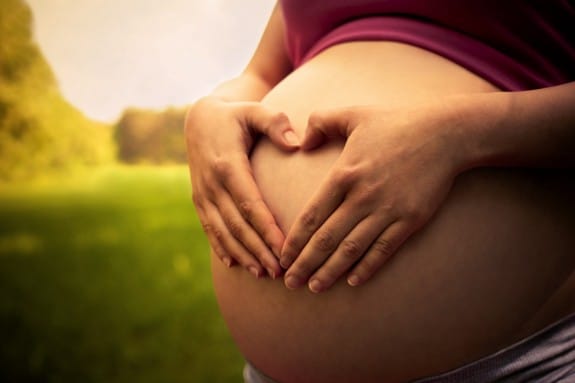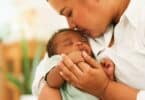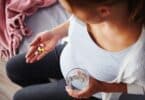Parabens can be found in many commonly used products – everything from cosmetics and healthcare products to toothpaste and soap. Researchers have now linked growth problems for little boys during their first year of life if their mothers are exposed to some of these compounds during pregnancy.
Compounds examined in the study included triclosan (an antibacterial agent and pesticide found in certain toothpastes and soaps), benzophenone-3 (used as a UV filter in sunscreens), dichlorophenols (used in the manufacturing of indoor deodorizers), and bisphenol A (used in certain plastics and in food cans). All of these compounds, which are said to be endocrine disrupters, have been linked to disruption of the hormone systems in animal studies, affecting growth and weight gain in offspring.
This same trend was also found in humans.
Gathered from the EDEN mother-child cohort, which included 520 women and their male offspring, the study first looked at urine samples from pregnant women. While specific levels of phenols were not listed within the study, more than 95% of them had confirmed exposure to the compounds. Researchers then used ultrasounds to measure each baby during the first trimester, and then measured them again during the first year of life.
According to the study authors, a distinguishable link was found between increased weight during the third trimester and three years of life and exposure to phenols during the mother’s pregnancy. This link back to animal studies, but it also directs us to consider the concerning results of former studies that have linked increased growth during the first few years of life to childhood obesity later on.
What’s most unique about this study is that most focus only on bisephenol A. This study focused on several different phenols. Of course, the authors do plan to repeat their results by conducting a new couple-child cohort using the SEPAGES cohort to reduce errors in exposure measurement and to identify potential periods in which the mothers and children may be at most risk. They also plan to look at whether or not phenol exposure sensitivity differs in boys and girls in the next study.
Related Articles:
- Bed Rest Could Increase Certain Risks for Mother and Baby, Study Says
- Baby’s Diet has Long-Lasting Effects, Researchers Say
- Mom in China Welcomes 14lb Baby!







